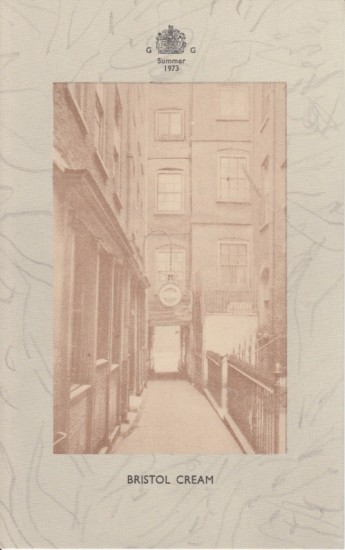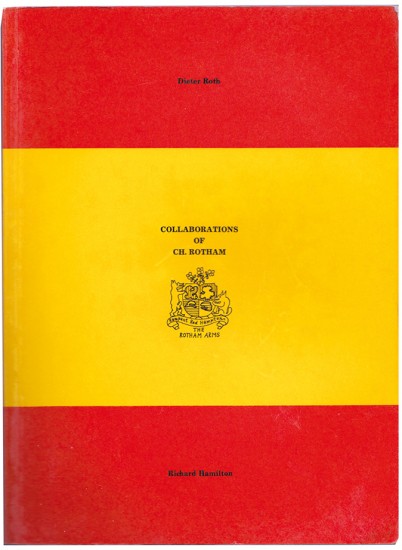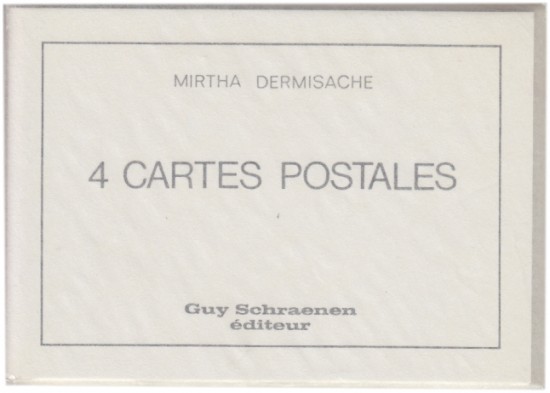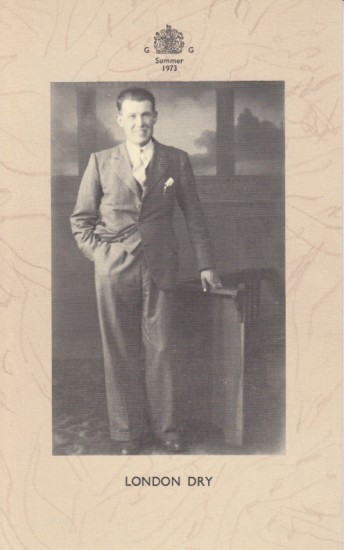Differentes vues de quelques Restes de trois grands Edifices qui subsistent encore dans le milieu de l'ancienne Ville de Pesto autremont Posidonia qui est située dans la Lucanie
Piranesi, Giovanni Battista
Paris. Calcographie Piranesi / Piranesi Frères. c.1800
Sold
A beautiful copy - bound by Tessier and with the plates in-plano - of the first Paris edition of Piranesi's final and rare work.
The three 5th-century temples at Paestum were certainly known to Piranesi, but he made the journey to see them late in 1777 or early 1778, only months before his death. The resulting engraved title and twenty plates received the imprimatur two months before he did, in fact, die. Of these twenty-one engravings, eighteen are signed by Piranesi himself, while the remainder appear to have been completed by Francesco and bear his signature. However, a close viewing of all the engravings show indications that the architecture and probably the vegetation were drawn by Piranesi, with Francesco contributing the figures, attempting to recreate his father's style. Wilton-Ely argues that Piranesi completed eighteen of the engravings and was the major contributor to the remaining three (the title and plates XIX and XX), but it required Francesco to finish them.
Although this copy was printed at Paris - Francesco and Pietro, the two sons of Giovanni Battista Piranesi, entered exile in Paris after the fall of the Roman Republic in 1799 taking Piranesi's plates with them - it has been suggested that Parisian issues of the Paestum series are superior to those post-mortem copies printed at Rome: Francesco was less attentive to the printing of the etchings than his father and those issued under his aegis at Rome were wiped poorly by the Roman printers after inking. Careful comparison of Roman and Parisian issues reveal a finer grade of detail in the most heavily inked areas of Parisian printings and an overall greater clarity of impression.
The Tessier label on the front pastedown of this work (see exact text below) with its reference to the 'Calcographie piranesi [sic]' indicates that Tessier was employed on a regular basis by the Piranesi brothers, especially for larger sets of 'Opere' and it can be considered a 'publisher's binding'. The full text of Tessier's label, within a double-ruled black border, reads as follows: 'RUE DE LA HARPE, / Au-dessus de celle de Médecine, no. 132; / TESSIER, / RELIEUR ET DOREUR / De la Trésorerie nationale, du Bureau / de la Guerre / et Calcographie piranesi [sic]. / A PARIS'.
'The last great work of his [Piranesi's] life was the series of large oblong plates illustrating hte Temple at Paestum ... There is nothing of greater dignity of composition in his whole work ... '. (Hind).
'Piranesi's final work is one of his most commanding statements on architecture and, ironically, was to have a profound effect on the appreciation of the monumental austerity of Greek architcture as Neo-Classicism developed.' (Wilton-Ely pg. 777).
[Wilton-Ely 717 - 737; Focillon 583 - 599; see Hind, pp. 19 & 87].
The three 5th-century temples at Paestum were certainly known to Piranesi, but he made the journey to see them late in 1777 or early 1778, only months before his death. The resulting engraved title and twenty plates received the imprimatur two months before he did, in fact, die. Of these twenty-one engravings, eighteen are signed by Piranesi himself, while the remainder appear to have been completed by Francesco and bear his signature. However, a close viewing of all the engravings show indications that the architecture and probably the vegetation were drawn by Piranesi, with Francesco contributing the figures, attempting to recreate his father's style. Wilton-Ely argues that Piranesi completed eighteen of the engravings and was the major contributor to the remaining three (the title and plates XIX and XX), but it required Francesco to finish them.
Although this copy was printed at Paris - Francesco and Pietro, the two sons of Giovanni Battista Piranesi, entered exile in Paris after the fall of the Roman Republic in 1799 taking Piranesi's plates with them - it has been suggested that Parisian issues of the Paestum series are superior to those post-mortem copies printed at Rome: Francesco was less attentive to the printing of the etchings than his father and those issued under his aegis at Rome were wiped poorly by the Roman printers after inking. Careful comparison of Roman and Parisian issues reveal a finer grade of detail in the most heavily inked areas of Parisian printings and an overall greater clarity of impression.
The Tessier label on the front pastedown of this work (see exact text below) with its reference to the 'Calcographie piranesi [sic]' indicates that Tessier was employed on a regular basis by the Piranesi brothers, especially for larger sets of 'Opere' and it can be considered a 'publisher's binding'. The full text of Tessier's label, within a double-ruled black border, reads as follows: 'RUE DE LA HARPE, / Au-dessus de celle de Médecine, no. 132; / TESSIER, / RELIEUR ET DOREUR / De la Trésorerie nationale, du Bureau / de la Guerre / et Calcographie piranesi [sic]. / A PARIS'.
'The last great work of his [Piranesi's] life was the series of large oblong plates illustrating hte Temple at Paestum ... There is nothing of greater dignity of composition in his whole work ... '. (Hind).
'Piranesi's final work is one of his most commanding statements on architecture and, ironically, was to have a profound effect on the appreciation of the monumental austerity of Greek architcture as Neo-Classicism developed.' (Wilton-Ely pg. 777).
[Wilton-Ely 717 - 737; Focillon 583 - 599; see Hind, pp. 19 & 87].
[21 leaves]. Large folio. (855 x 580 mm). Engraved title and 20 engraved plates numbered I - XX in Roman numerals, all printed recto only on thickish laid paper with no apparent disernible watermarks, each with tissue guard-leaf. (Sheet size: 560 x 835 mm). Contemporary publisher's red quarter-morocco over pinkish marbled boards by Tessier with his ticket to front pastedown (see below), banded spine with gilt decorative tooling and title in eight compartments, duck egg blue endpapers.
#43734












